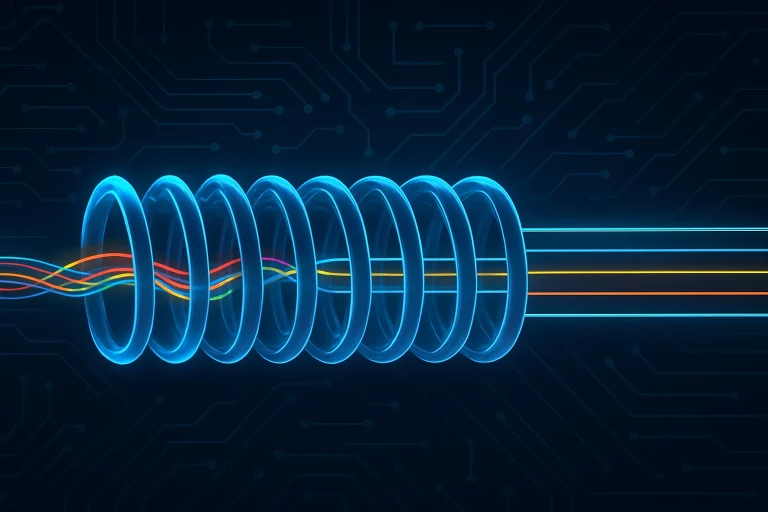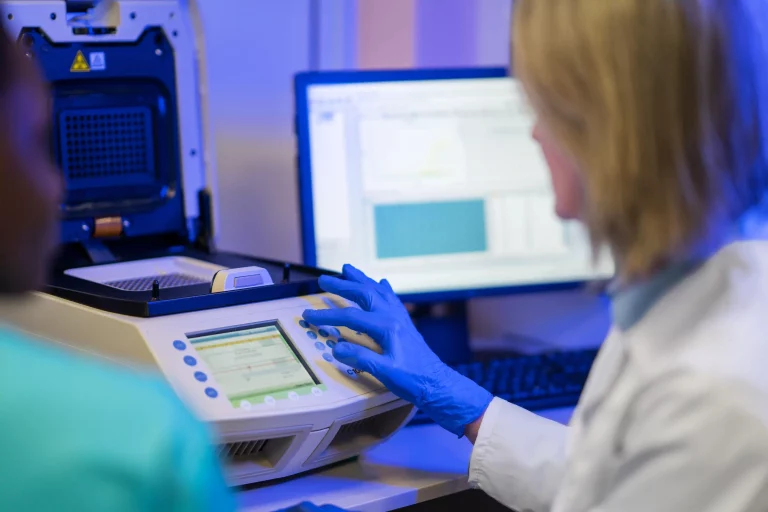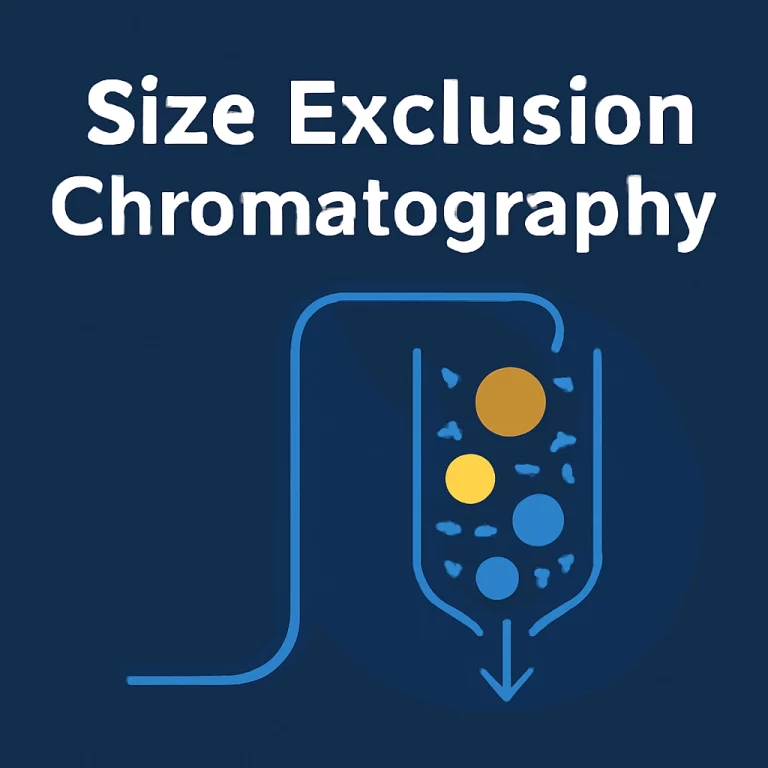Introduction
The determination of sulfate is important because it has been reported that when this ion is present in excess of about 250 mg/L in drinking water, it causes a cathartic action (especially in children) in the presence of sodium and magnesium, and gives a bad taste to the water.
This turbidimetric test method covers the determination of sulfate in water in the range from 5 to 40 mg/L of sulfate ion (SO42-).
This test method was used successfully with drinking, ground, and surface waters. It is the user’s responsibility to ensure the validity of this test method for waters of untested matrices.
Principle
Sulfate ion is converted to a barium sulfate suspension under controlled conditions. A solution containing glycerin and sodium chloride is added to stabilize the suspension and minimize interferences. The resulting turbidity is determined by a nephelometer, spectrophotometer, or photoelectric colorimeter and compared to a curve prepared from standard sulfate solutions. In this application notes, we mainly focus on the spectrophotometer method.
Interferences
1. Insoluble suspended matter in the sample must be removed. Dark colors that cannot be compensated for in the procedure interfere with the measurement of suspended barium sulfate (BaSO4).
2. Polyphosphates as low as 1 mg/L will inhibit barium sulfate precipitation causing a negative interference. Phosphonates present in low concentrations, depending on the type of phosphonate, will also cause a negative interference. Silica in excess of 500 mg/L may precipitate along with the barium sulfate causing a positive interference. Chloride in excess of 5000 mg/L will cause a negative interference. Aluminum,polymers, and large quantities of organic material present in the test sample may cause the barium sulfate to precipitate nonuniformly. In the presence of organic matter certain bacteria may reduce sulfate to sulfide. To minimize the action of sulfate reducing bacteria, samples should be refrigerated at 4°C when the presence of such bacteria is suspected.
3. Althoughotherions normally found in water do not appear to interfere, the formation of the barium sulfate suspension is very critical. Determinations that are in doubt may be checked by a gravimetric method.
Reagents and Equipment
Instrument:
1. Persee T6 UV-Vis Spectrophotometer (or higher-grade model);
2. 4-5cm sample cell;
3. Photometer
4. Nephelometer or turbidimeter
Reagent and Preparation:
*Purity of Reagents: Reagent grade chemicals shall be used in all tests. Unless otherwise indicated, it is intended that all reagents shall conform to the specifications of the Committee on Analytical Reagents of the American Chemical Society. Other grades may be used, provided it is first ascertained that the reagent is of sufficiently high purity to permit its use without lessening the accuracy of the determination.
- Water: Ultra-PureWater.
2. Barium Chloride: Crystals of barium chloride (BaCl2 ·2H2O) screened to 20 to 30 mesh. To prepare in the laboratory, spread crystals over a large watch glass, desiccate
for 24 h, screen to remove any crystals that are not 20 to 30 mesh, and store in a clean, dry jar.
3. Conditioning Reagent: Place 30 mL of concentrated hydrochloric acid (HCl, sp gr 1. 19), 300 mL reagent water, 100 mL 95 % ethanol or isopropanol and 75 g sodium chloride (NaCl) in a container. Add 50 mL glycerol and mix.
4. Sulfate Solution, Standard (1 mL = 0.100 mg SO42-): Dissolve 0.1479 g of anhydrous sodium sulfate (Na2 SO4) in water and dilute with water to 1 L in a volumetric flask. A purchased stock solution of adequate purity is also acceptable.
5. Filter Paper: Purchase suitable filter paper. Typically, the filter papers have a pore size of 0.45- µm membrane. Material such as fine-textured, acid-washed, ashless paper, or glass fiber paper is acceptable. The user must first ascertain that the filter paper is of sufficient purity to use without adversely affecting the bias and precision of the test method.
Calibration
Use appropriate amounts of the standard sulfate solution and prepare a calibration curve showing sulfate ion content in milligrams per liter plotted against the corresponding photometer reading. Prepare standards by diluting with water 0.0, 5.0, 10.0, 15.0, 20.0, 30.0, and 40.0 mL of standard sulfate solution to 100-mL volumes in volumetric flasks. These solutions will have sulfate ion concentrations of 0.0, 5.0, 10.0, 15.0, 20.0, 30.0, and 40.0 mg/L (ppm), respectively.
Experiment
1. Filter the sample if it is turbid through a 0.45- µm membrane and adjust the temperature to between 15 and 30°C.
2. Pipette into a 250-mL beaker 100 mL or less of the clear sample containing between 0.5 and 4 mg of sulfate ion. Dilute to 100 mL with water if required and add 5.0 mL of conditioning reagent.
3. Mix in the stirring apparatus.
4. While the solution is being stirred, add a measured spoonful ofBaCl2 crystals (0.3 g) and begin timing immediately.
5. Stir exactly 1.0 min at constant speed.
6. Immediately after the stirring period has ended, pour solution into the cell and measure the Absorbance at 30-s intervals for
4 min. Record the maximum reading obtained in the 4-min period.
7. If the sample contains color or turbidity, run a sample blank using the procedure 2 through 6 without the addition of the barium chloride.
8. If interferences are suspected, dilute the sample with an equal volume of water, and determine the sulfate concentration again. If the value so determined is one half that in the undiluted sample, interferences may be assumed to be absent.
Calculations
Convert the photometer readings obtained with the sample to milligrams per liter sulfate ion (SO42-) by use of the calibration curve described in calibration section.




